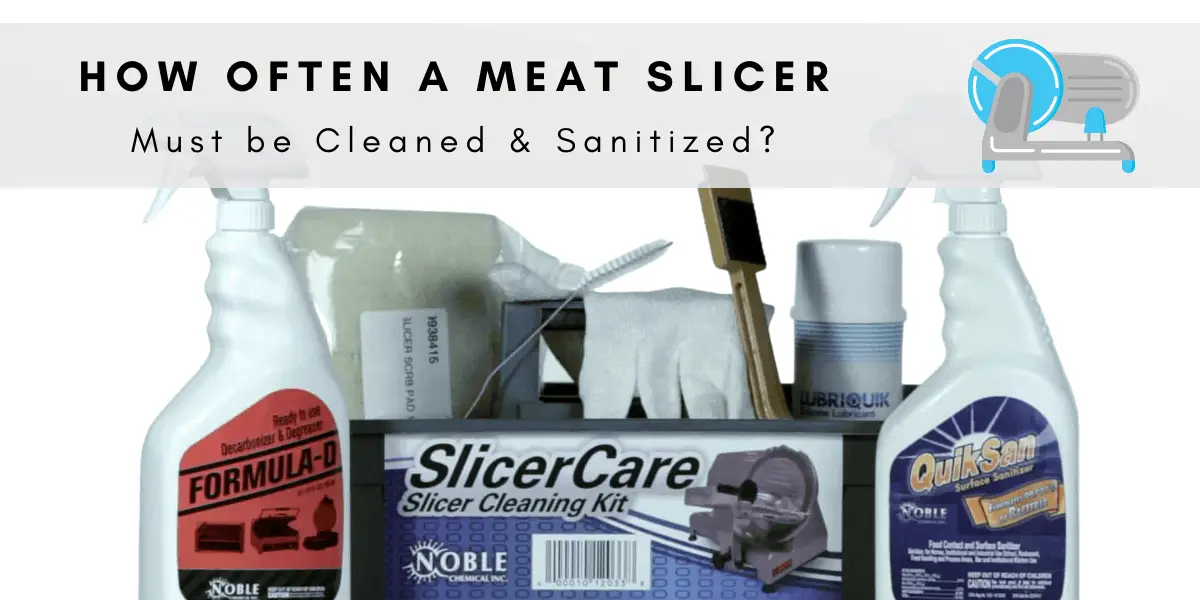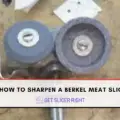Meat miners, also known as meat grinders, are essential kitchen appliances for those who love creating ground meat mixtures, sausages, and more. Before diving into the world of meat mincers, it’s crucial to understand the basics and features of these versatile devices.
Different Types Of Meat Mincers
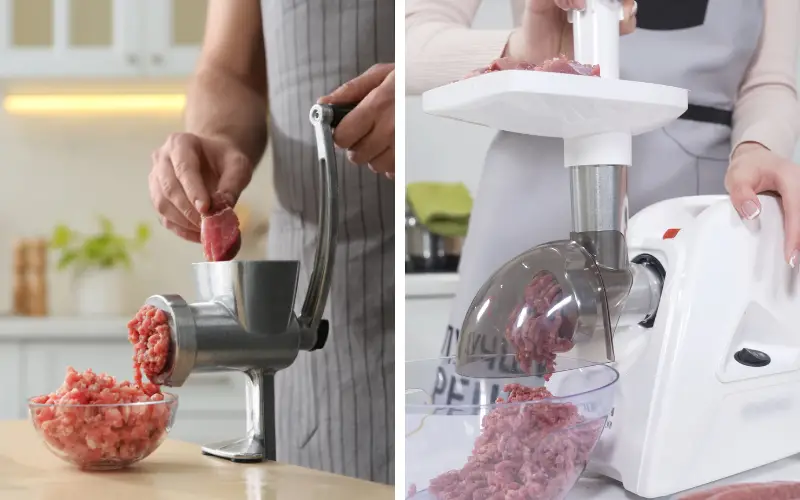
There are two main types of meat mincers available in the market:
- Manual meat mincers: These hand-operated devices require physical effort to grind the meat. They are affordable, portable, and perfect for occasional use or small batches of ground meat.
- Electric meat mincers : Are motor-powered appliances that offer a faster and more convenient way to grind meat. They are ideal for those who regularly grind large quantities of meat or need a more powerful device.
Tips And Tricks
- Make sure to keep your meat cold while prepping it for grinding. This will make it easier to feed into the miner and prevent it from getting stuck inside the machine.
- Cut the meat into small cubes before feeding it into the mincer to achieve a finer grind. This will make it easier for the machine to process.
- If you want to avoid having chunks of fat in your ground meat, dice or shred the fat separately and then add it back after grinding.
- To ensure a smoother grind, add a handful of salt to the meat before feeding it to the mincer. This will help break the protein fibers, resulting in a smoother texture.
- Once your ground meat is done, remove any excess fat and connective tissue from the grinder plate before cleaning it. This will make it easier to clean and prevent clogging.
Choosing The Right Meat Mincer
When selecting the perfect meat mincer for your needs, consider the following factors:
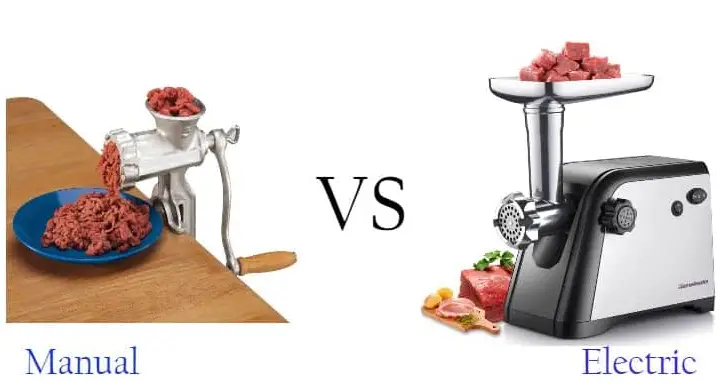
Manual vs. Electric Meat Mincers: Deciding between a manual or electric meat mincer depends on your usage, budget, and personal preferences. A manual mincer might suffice if you only plan to occasionally grind small quantities of meat. However, an electric mincer is better if you grind meat regularly or need a more powerful device.
Grinder Size and Power: The grinder size and power determine the mincer’s capability to handle various meat types and quantities. A larger grinder size and higher motor power are suitable for grinding tough cuts of meat and larger batches.
Material and Durability: Choose a meat mincer of high-quality, durable materials like stainless steel or cast iron to ensure a long-lasting appliance. These materials are also easy to clean and maintain.
Using Your Meat Mincer Safely And Efficiently
To get the most out of your meat mincer, follow these guidelines:
Preparing The Meat:
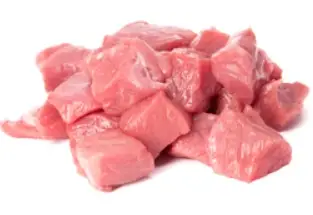
Step 1: Trim excess fat and sinew from the meat.
Step 2: Cut the meat into small, uniform chunks.
Step 3: Partially freeze the meat for 30 minutes to an hour before grinding, as it helps prevent the meat from smearing and ensures a cleaner grind.
Assembling The Mincer:
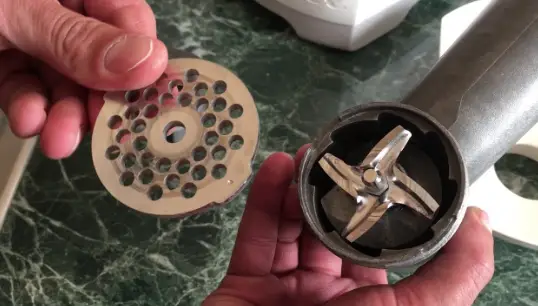
Step 1: Read the instruction manual provided by your meat mincer to assemble the appliance correctly.
Step 2: Ensure all parts are clean and dry before assembling the miner.
Step 3: Attach the desired grinding plate and secure it in place.
Proper Grinding Technique:
- Feed the meat chunks into the miner’s hopper.
- Use the provided stomper to push the meat into the grinding mechanism gently.
- Collect the ground meat in a bowl or tray below the mincer’s output.
Cleaning And Maintenance:
- Disassemble the meat miner after each use.
- Clean all parts with warm, soapy water, and dry them thoroughly.
- Store the mincer in a cool, dry place to prevent rusting and maintain its performance.
Creative Uses For Your Meat Mincer
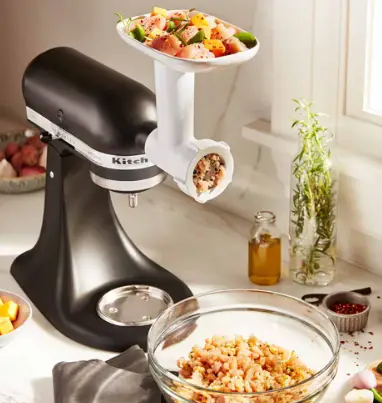
Your meat mincer is not limited to grinding meat alone. Explore these creative ideas to make the most of your appliance:
- Homemade Sausages: Experiment with creating your sausage blends by combining different types of meat and seasonings. Use a sausage stuffing attachment to make the process even easier.
- Custom Ground Meat Mixes: Create unique ground meat mixtures by combining different cuts of meat or even different types of protein, such as beef, pork, or chicken.
- Vegetarian and Vegan Alternatives: Use your meat miner to prepare textured vegetable proteins, like soy, or grind legumes and grains to create vegetarian and vegan alternatives to ground meat.
Troubleshooting Common Meat Mincer Issues
If you encounter issues while using your meat mincer, consider these solutions:
- Meat smearing: Ensure the meat is partially frozen and the mincer’s parts are cold before grinding.
- Rough grinding: Check the grinding plate for damage or clogging and clean it as needed.
- Difficulty feeding meat into the miner: Cut the meat into smaller pieces and use the provided stomper to guide it into the grinding mechanism.
FAQs
Can I use a meat mincer to grind bones?
While some heavy-duty meat mincers can handle small, soft bones, grinding them using a standard meat mincer is generally not recommended. Doing so may damage the appliance.
How often should I sharpen the blades of my meat mincer?
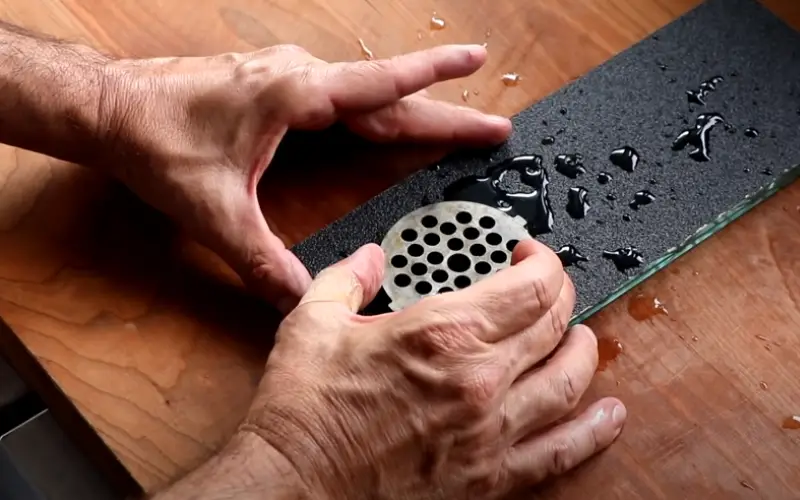
The frequency of sharpening the blades depends on how often you use the mincer. Regular users should consider sharpening the blades every few months, while occasional users can sharpen them once a year.
Can I grind frozen meat in a meat mincer?
It is not advisable to grind fully frozen meat, as it can damage the mincer’s mechanism. Instead, partially freeze the meat to achieve a cleaner grind.
What can I do if my meat mincer gets jammed?
Turn off the mincer, unplug it, and disassemble it to remove any blockages or clogged meat. Clean and reassemble the mincer before attempting to grind again.
How can I prevent rust on my meat mincer?
To prevent rust on your meat mincer, follow these steps:
- Clean and dry all parts thoroughly after each use.
- To create a protective barrier, apply a thin layer of food-grade mineral oil to the metal parts, especially the blades and grinding plates.
- Store the mincer in a cool, dry place away from moisture.
- Avoid harsh chemicals or abrasive cleaning tools that may damage the mincer’s protective coating.
Conclusion
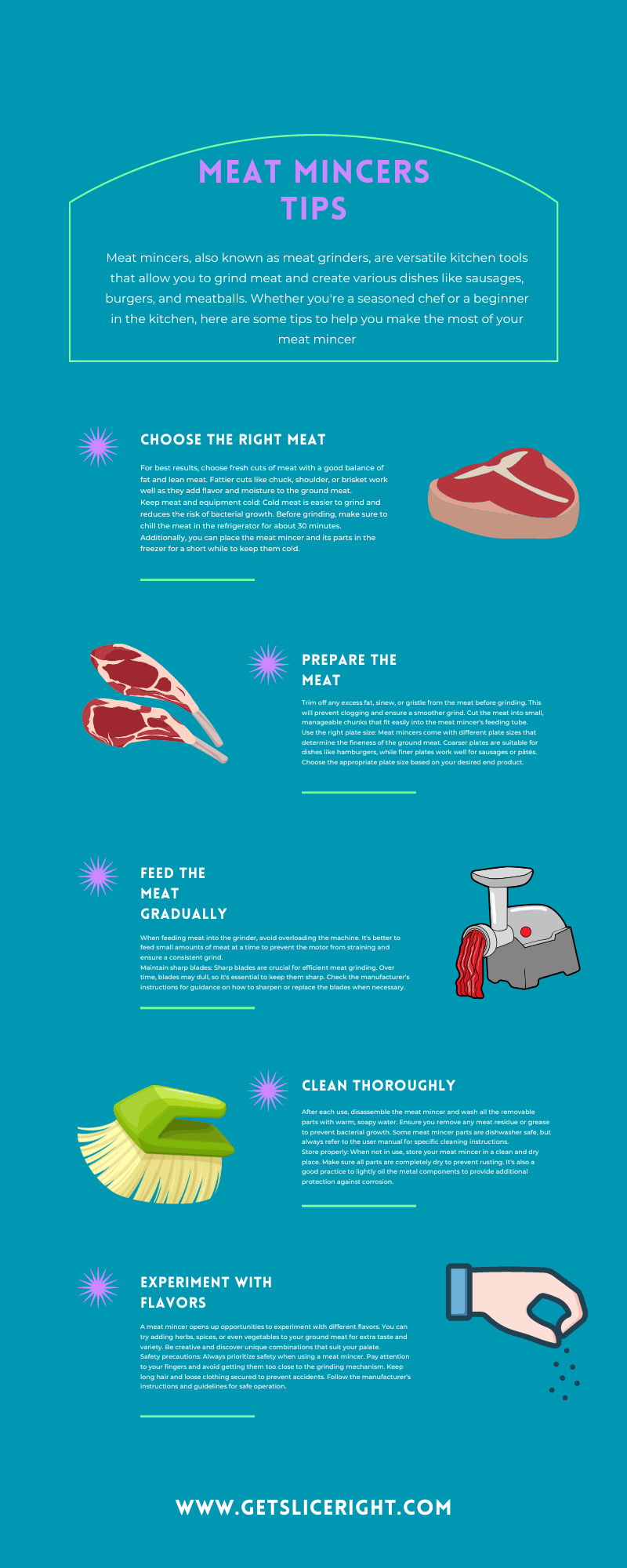
A meat mincer is a versatile and valuable addition to any kitchen, offering endless possibilities for creating custom ground meat mixtures, sausages, and more. By understanding the different types of meat mincers, choosing the right one for your needs, and using it safely and efficiently, you can elevate your culinary creations and impress your friends and family.

Mario Batali is a renowned author, food enthusiast, and passionate chef who has dedicated his life to exploring the world of culinary arts. With a love for sharing his knowledge and experiences, Mario has become a prominent figure in the food blogging community, inspiring countless readers with his creativity and expertise.
In addition to his culinary prowess, Mario Batali is also a talented writer with a flair for engaging storytelling. He launched his own food blog to share his recipes, cooking tips, and personal experiences in the kitchen. Over time, Mario’s blog gained a loyal following of food enthusiasts who appreciate his unique approach to cooking and his dedication to using only the finest ingredients.
Mario Batali’s passion for food and his commitment to sharing his knowledge with others have made him a true inspiration in the world of culinary arts. Through his blog, cookbooks, and public appearances, Mario continues to spread his love of food and the joy of cooking with his ever-growing fanbase.

